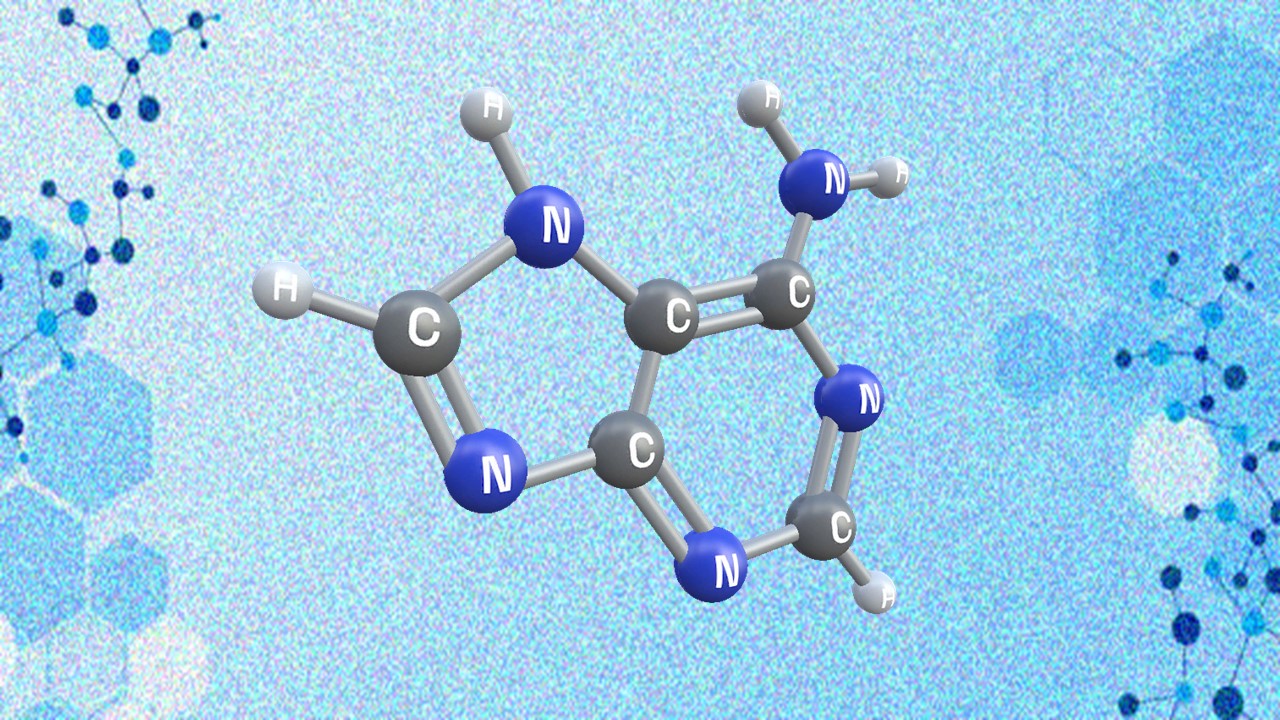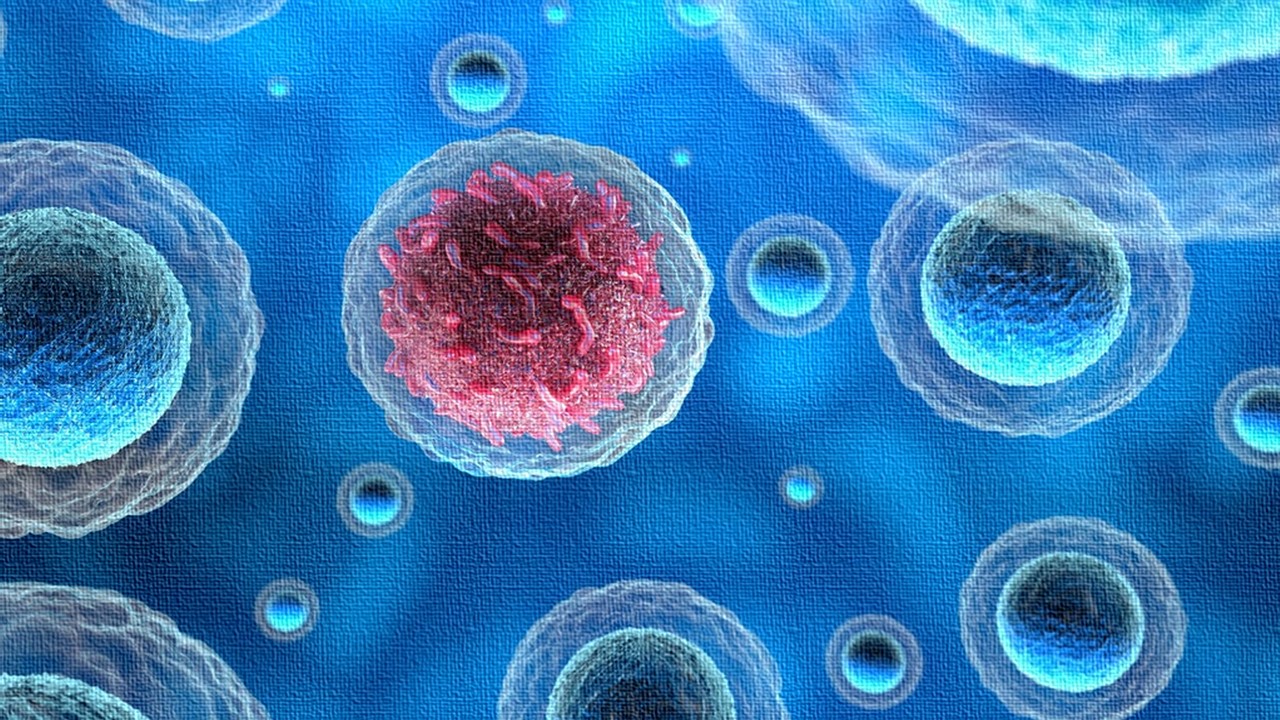The world of drug discovery is a captivating journey filled with innovation and progress. It has traversed a path from serendipitous discoveries of plant extracts to today’s high-throughput screening of libraries containing millions of compounds. This article embarks on an exploration of the evolving landscape of drug discovery, spanning from small organic molecules to the rising prominence of protein therapeutics. We delve into the techniques, challenges, and aspirations that shape the development of pharmaceuticals, illuminating the journey from hits to leads and the emergence of computational drug design. Additionally, we examine a surprising twist in the development of a blockbuster drug, the increasing significance of large molecules in therapeutic interventions, and the promise of genetic engineering in cure-evasive diseases.
Sources of Drugs: The Traditional Small Molecules
For decades, the realm of drug discovery predominantly featured small organic molecules, often weighing less than 500 Daltons. The conventional approach to discovering small-molecule drugs involves screening chemical libraries for compounds with desired properties. Alternatively, researchers focus on synthesizing chemical relatives of substances involved in specific biological reactions. This strategy has been instrumental in the development of anticancer drugs.
In the modern landscape of drug discovery, a fundamental shift has occurred, moving from traditional methods to high-throughput screening, ushering in a new era of efficiency and precision. This transformative approach involves the systematic evaluation of extensive compound libraries, often comprising hundreds of thousands or even millions of unique chemical entities. The primary objective is to identify compounds that possess the capacity to interact with highly specific molecular targets, a pivotal step in the quest to develop effective therapeutic agents. To further enhance the relevance of these efforts, researchers focus on human-derived target molecules, obtained through the meticulous process of gene cloning and subsequent translation. This approach ensures that potential drug candidates are scrutinized in the context of their interactions with human proteins, offering a more accurate reflection of their clinical relevance.
The concept of “druggability” assumes paramount importance in the drug development life cycle. This concept revolves around the assessment of how readily a small organic molecule can effectively modify the function of a target. The evaluation considers a multitude of factors, including the structural characteristics of both the target and the compound under investigation. The ultimate goal is to identify molecules that can efficiently modulate the target’s behavior, ideally leading to therapeutic benefits. Furthermore, the field has witnessed a remarkable transition towards computational approaches, holding the promise of revolutionizing the entire drug discovery process. The dream of an extensive database housing comprehensive chemical information about millions of compounds, paired with structural insights into human proteins, has fueled computational drug design. This innovative approach entails the intricate virtual screening of chemical compounds, predicting high-affinity interactions with the target of interest while also addressing the challenge of unwanted interactions. As computational tools continue to advance, they offer the tantalizing prospect of optimizing drug discovery with unprecedented precision and speed.
From Hits to Leads: Optimizing Drug Candidates
The journey from initial hits to marketable drugs in drug discovery and development is a formidable odyssey that demands meticulous refinement and optimization. Initial hits, typically identified through high-throughput screening, often fall short of the criteria required for marketable drugs. It is the domain of medicinal chemists to embark on a transformative process of synthesizing derivatives of these hits, meticulously shaping them to meet the stringent demands of efficacy, safety, and pharmacokinetics. This optimization journey encompasses a multifaceted approach, including the enhancement of affinity for the target molecule, a pivotal aspect that ensures the drug effectively engages with its intended biological target.
Moreover, medicinal chemists must discern whether the synthesized compounds exhibit agonist or antagonist activity, a critical determination that dictates the desired pharmacological effect. Membrane permeability is another crucial parameter in this optimization endeavor, ensuring that the drug can effectively traverse cell membranes and reach its target. Achieving effective absorption and distribution throughout the body is essential for maximizing therapeutic benefits while minimizing adverse effects. Addressing issues related to drug metabolism, which can alter the compound’s bioavailability and longevity in the body, is also central to the optimization process. The pursuit of drug development in the modern era benefits immensely from high-resolution structural information, which is made available through cutting-edge techniques like X-ray crystallography and nuclear magnetic resonance. This detailed structural insight empowers medicinal chemists with precise knowledge of how the lead compound interacts with its target, facilitating the refinement and fine-tuning of drug-target interactions to ultimately yield safe, effective, and marketable pharmaceuticals.
A Late Surprise in Drug Development: Torcetrapib’s Unexpected Outcome
The development of the drug torcetrapib (CP-529,414, Pfizer) in addressing cholesterol metabolic problems marked an intriguing chapter in the quest to combat cardiovascular diseases. With the intention of elevating high-density lipoprotein (HDL) cholesterol levels, often deemed the “good cholesterol,” and subsequently lowering the risk of myocardial infarction, torcetrapib emerged as a promising candidate. Torcetrapib pharmacologically functions as a CETP inhibitor, hindering the activity of cholesterylester transfer protein (CETP). CETP typically facilitates the transfer of cholesterol from HDL cholesterol to very low-density or low-density lipoproteins (VLDL or LDL). However, the trajectory of this drug took an unforeseen and perplexing turn during clinical trials. Rather than yielding the expected cardiovascular benefits, the administration of torcetrapib resulted in an alarming increase in mortality from cardiovascular events, thereby halting a development path that had spanned 15 years and entailed an investment of $800 million.
This unexpected and adverse outcome serves as a poignant reminder of the complexities inherent in drug development. It highlights the critical importance of looking beyond surrogate endpoints, such as cholesterol levels, in evaluating the efficacy and safety of pharmaceutical interventions. The torcetrapib episode underscores the need for comprehensive mechanistic insights and a deeper understanding of how drugs interact with complex biological systems. In this context, computational systems analysis emerges as a valuable tool that can provide critical insights into the mechanisms underpinning drug actions, potentially averting such unforeseen and detrimental outcomes in the future. As we continue to navigate the intricate terrain of drug development, it is imperative that we remain vigilant, recognizing that surrogate endpoints may not always translate into the expected clinical benefits and that a deeper mechanistic understanding is essential for forging safer and more effective pharmaceutical interventions.
Large Molecules Take Center Stage
The advent of recombinant DNA technology has ushered in a transformative era in drug development, where large molecules have assumed a central role in the therapeutic landscape. Protein therapeutics, once considered a rarity, have become increasingly prominent. This shift is largely attributed to the ability to produce highly purified preparations of human proteins through gene cloning and expression in bacterial or eukaryotic cells. These proteins encompass a diverse array of therapeutic agents, including hormones, growth factors, cytokines, and monoclonal antibodies. They have emerged as critical tools in the treatment of complex diseases such as cancer and autoimmune disorders, demonstrating remarkable specificity and efficacy.
Genetic engineering techniques further empower researchers to customize and optimize these macromolecules, tailoring them to specific therapeutic applications. Notably, this customization has the added advantage of minimizing immunological reactions, a significant concern in the development of biologic drugs. Beyond proteins, other macromolecular entities like antisense oligonucleotides and small interfering RNAs (siRNAs) are now being harnessed for therapeutic purposes, offering innovative approaches to modulating gene expression and targeting disease pathways at the molecular level. As large molecules continue to carve out a significant presence in the pharmaceutical landscape, their adaptability, precision, and diverse therapeutic potential hold great promise for the future of medicine, paving the way for more effective and targeted treatments.
Gene Therapy and HIV Functional Cure
Gene therapy represents a cutting-edge frontier in medical science, holding tremendous promise in the quest for a functional cure for HIV. Traditional drug treatments for HIV have been remarkably successful in suppressing viral replication and improving the quality of life for those infected, but they fall short of providing a complete cure. Gene therapy, on the other hand, offers an innovative approach that seeks to address the root cause of the disease by modifying the genetic makeup of the host cells. In the context of HIV, gene therapy aims to render immune cells resistant to the virus, potentially achieving a functional cure where the virus remains suppressed without the need for lifelong antiretroviral therapy.
One particularly intriguing avenue in HIV gene therapy involves the manipulation of immune cells, such as T cells, to express receptors that are not susceptible to HIV’s entry into the host cell. By introducing genetic modifications that confer resistance to the virus, researchers aim to create a population of immune cells that can effectively combat HIV infection. While challenges remain in optimizing the safety and efficacy of these gene therapies, recent advances, including the use of CRISPR-Cas9 technology, have brought us closer to the realization of a functional cure. Looking ahead, the integration of gene therapy approaches with traditional drug discovery efforts holds great potential for achieving transformative breakthroughs in the fight against HIV and other complex diseases. It’s an exciting era where the convergence of genetics, molecular biology, and drug development offers hope for a future where debilitating diseases can be not just managed but permanently addressed at their genetic core.
Drug Discovery: Looking Ahead
The journey of drug discovery has evolved from chance observations to meticulously planned high-throughput screenings and computational innovations. The field continues to expand its horizons, embracing protein therapeutics and large molecules as vital contributors to the development of novel drugs. Genetic engineering also holds promise for diseases that seem to have been endowed with excellent pathogenesis and resistance to our current medicinal armaments. As science and technology advance, the future holds the promise of more precise and effective pharmaceutical interventions, transforming healthcare and improving patient outcomes.
Engr. Dex Marco Tiu Guibelondo, B.Sc. Pharm, R.Ph., B.Sc. CpE
Subscribe
to get our
LATEST NEWS
Related Posts

Drug Discovery Biology
Unveiling the Elusive: The Prevalence Problem in Drug Discovery
When it comes to developing new drugs, researchers encounter a formidable challenge: the prevalence problem.

Drug Discovery Biology
Navigating Drug Development: Innovations in Preclinical Testing
As we navigate the complexities of drug development, a harmonious blend of traditional wisdom and innovative technologies will be paramount.
Read More Articles
Synthetic Chemistry’s Potential in Deciphering Antimicrobial Peptides
The saga of antimicrobial peptides unfolds as a testament to scientific ingenuity and therapeutic resilience.
Appreciating the Therapeutic Versatility of the Adenine Scaffold: From Biological Signaling to Disease Treatment
Researchers are utilizing adenine analogs to create potent inhibitors and agonists, targeting vital cellular pathways from cancer to infectious diseases.
Bioavailability and Bioequivalence: The Makings of Similar and “Close Enough” Drug Formulations
Scientists are striving to understand bioavailability complexities to ensure the equivalence of drug formulations from different manufacturers, crucial for clinical effectiveness.












